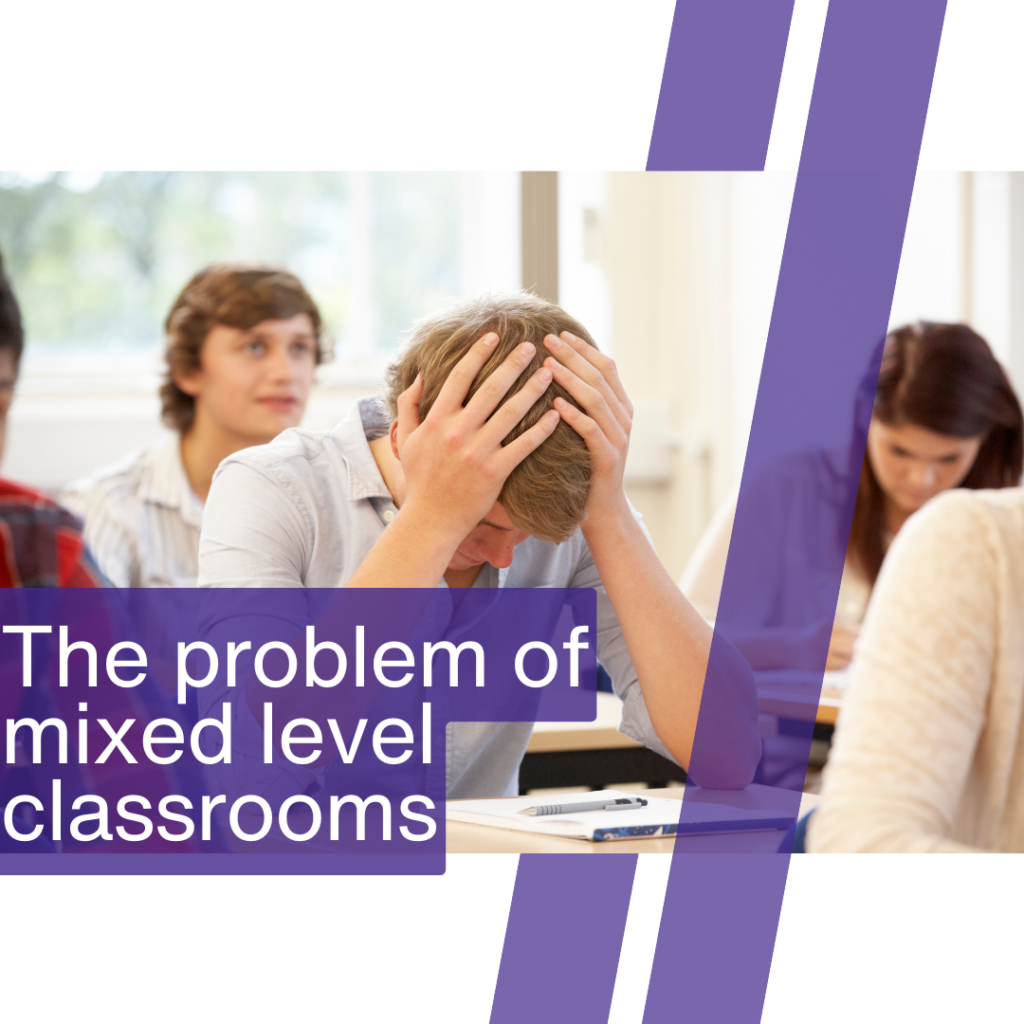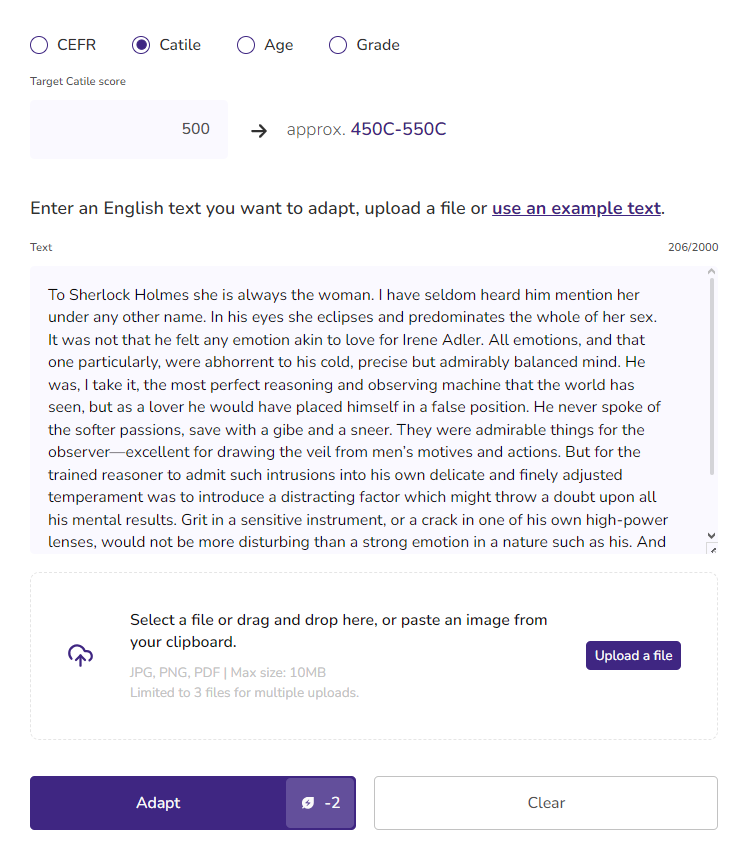Many teachers use Lexile scores to assess whether students can handle a text. But when a student’s Lexile level is much lower than the assigned reading, what’s the best approach? Should you simplify the text, or is there a better way?

The Challenge of Mismatched Lexile Levels
Lexile scores measure text complexity based on sentence structure and vocabulary. In mixed-level classrooms, some students may struggle with texts far beyond their level, making it difficult for them to engage with the material.
The Problem with Traditional Simplification
Simply rewriting a text in simpler words may strip away key ideas and change the meaning, which isn’t ideal for academic learning. The challenge is finding a way to keep all students on the same topic while making the material accessible.
A Smarter Solution: Catile & Adaptive Leveling
This is where Catile, an alternative to Lexile, comes in. With Catile-based text adaptation, teachers can adjust the difficulty of a text without changing its core meaning.
- Multiple Levels, Same Content: Teachers can bring different versions of the same text to class, so every student engages with the same material at an appropriate level.
- Preserving Meaning: Unlike traditional simplification, Level Adaptor adjusts complexity while keeping key ideas intact, ensuring all students grasp the same essential concepts.
- Inclusive Reading Experiences: Every student, regardless of their reading level, can participate in discussions, complete assignments, and engage with the text at their own pace.
Instead of replacing complex texts, Level Adaptor helps teachers adapt them—ensuring no student is left behind while maintaining academic rigor.

